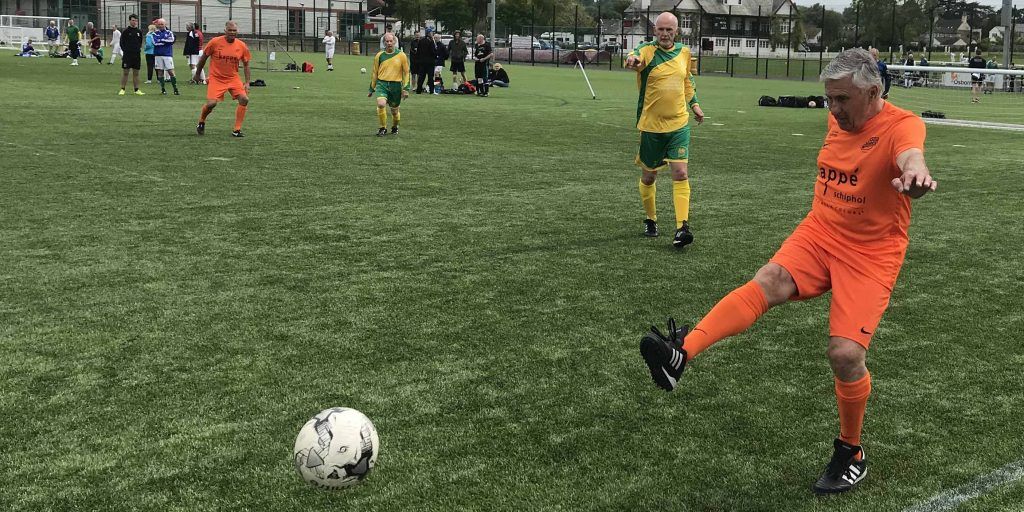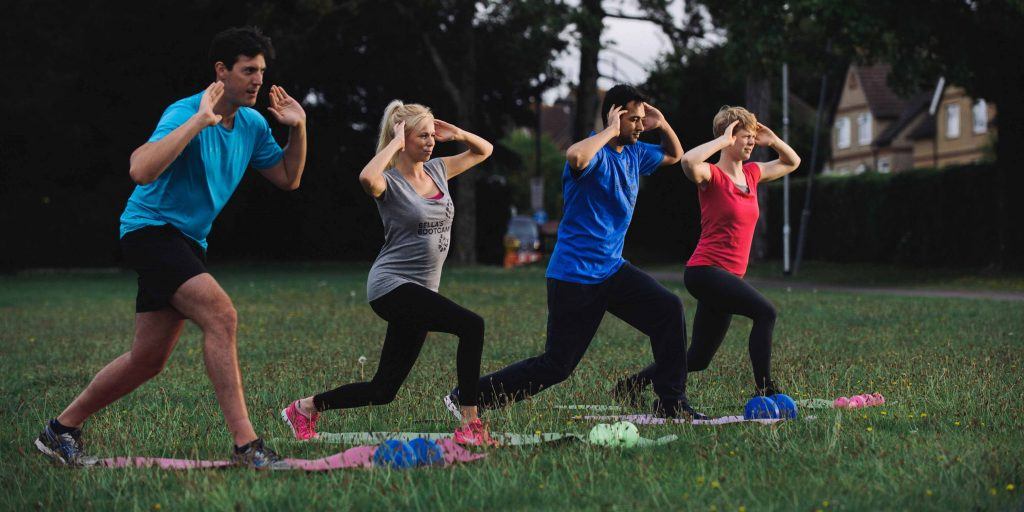In the Netherlands, the needs of athletes are changing due to increased age and prosperity, and a lack of time. More than half of the Dutch population exercises regularly. More and more, athletes choose to be active in self-organised sports.

In recent years, the sports industry has become larger and more diverse. Sports for the elderly is a growing sector, youngsters seem to participate less. This is the state of the Dutch sporting nation in a nutshell.
No fewer than 8.8 million Dutch people (exceeding half the population) participate in sports at least once a week, 15% of the Dutch even exercise more than 4 times a week. 24% of the Dutch never exercise. They have a lack of time, do not feel healthy enough, or they consider family or hobbies to be more important.
Overall sports participation in the Netherlands is stable, but the share of the elderly is growing strongly. Partly because Dutch population is ageing, but also because relatively more people over 65 take up sports or exercise. Youngsters have been exercising less in the past 10 years, probably due to the popularity of online games, social media, and other challenges.
For better health and fun
The Netherlands boasts 28,000 sports clubs; 23,000 of which are affiliated with one of the 100 sports associations. Together, all sports associations have 5.2 million members. In addition to their sporting motivation, these athletes also come for health reasons and fun, to a lesser extent for sporting performance.
8.2 million athletes mainly participate in sports using public facilities such as parks and forests or do sports at home. A total of 11,000 km of hiking trails, 37,000 km of cycle paths, and 36,000 hectares of recreational areas are available for them.
6,3 million athletes use the facilities of 6,600 commercial sport providers (such as fitness, swimming pools, dance schools, riding schools). Health, fitness, and weight loss are important motivations for these people to exercise.
30% of Dutch people exercising combine one or more physical activities, either organised or self-organised or in a commercial setting.
Increasing sports participation is a crucial goal for Dutch governing bodies, NOC*NSF (main organisation for organised sports in the Netherlands) and POS (the Platform for commercial sport providers).
Most favourite branch of sport
The number of members of all sports clubs has been slightly declining over the past 10 years, despite growing diversity and new entrants such as anglers. Associations with sports activities suitable for the elderly, such as golf, walking, and swimming, have seen membership growth in recent years, but triathlon is also a popular grower. Associations for racket sports (tennis, squash, and badminton), but also for winter sports and equestrian sports, see declining membership numbers.
The 3 million people exercising at a fitness club define fitness as the largest branch of sport. Their share has stabilised since 2013 after a long period of rapid growth. The relative newcomers in group sports, such as boot camp, yoga, and kickboxing, are still growing. Due to the popularity of walking and cycling, clubs that offer these sports are also taking a part in the growth of members.
Dutch elite sports
The Netherlands wants to belong to the 10 best sports countries in the world. Financial contributions to elite sport from the Ministry of Health, Welfare and Sport have therefore grown in 10 years. Since 2013, more money has gone to 8 successful Olympic sports.
The Netherlands is currently in the top 10 of the Winter Olympics, but not yet in the top 10 of the Summer Games. Since 2012, the growth of medals won has decreased slightly. The athletes of long track speed skating and para-swimming received the most medals, the gymnasts and road cyclists the least. Female elite athletes participate more in elite sport than 10 years ago and have won more medals than men in recent years. Paralympic elite athletes also achieve more medals than regular elite athletes and are in the top 10 of the Paralympic Games.
Watching sports
59% of the Dutch watch sports in the media at least once a month, especially men and the elderly. Despite the internet, television is still the most popular medium. Women watch sports less through the media than men. Popular media sports for men are football, Formula 1, and cycling. Women watch skating and swimming more often than men.
45% of the Dutch have attended a professional sports event at least once in the past year (excluding 2020). 33% of men attend elite sporting events at least monthly, 12% of women do so as well. Young people attend sporting events more often than older people.
The sports market
Total expenditure on sports in the Netherlands in 2018 was 5,7 billion euros. 2,8 billion of this was spent by athletes themselves on sports activities, of which 1,8 billion on commercial sports providers and 1 billion on contributions, catering costs, and other costs at sports clubs.
The public sector spent 2,5 billion euros on sports in 2018, of which the local authorities accounted for the majority (2,2 billion), which was mainly spent on sports facilities and sports and recreation facilities in the open space. From 2008 onwards, expenditure on this has decreased by an average of 1% per year, while the use of public facilities for sports has increased.

